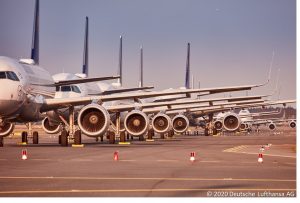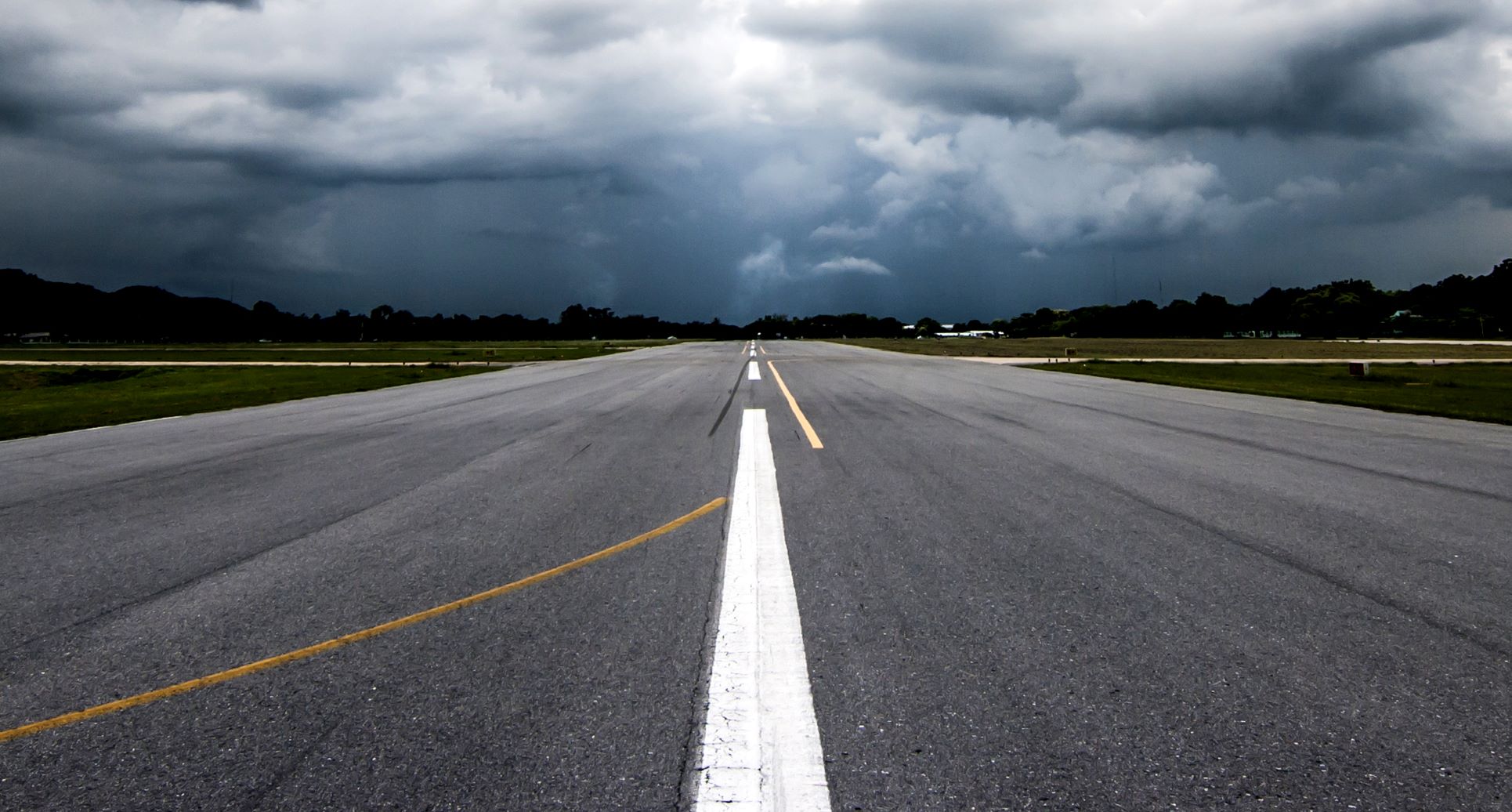Richard Brown, NAVEO’s Managing Director, provides some perspectives on the implications of COVID-19 on aerospace production and aftermarket. What can we learn from previous recessions, and what should we be considering as we revise business plans?
Interesting Times
It wasn’t supposed to be like this. 2020 was meant to be the 11th year of consistent global airline profits, the year when the 737 MAX finally returned to the skies, and when aviation stepped-up and faced its environmental responsibilities. We were expecting big data, aircraft health monitoring and predictive maintenance to improve reliability and reduce costs of disruption. Instead, with COVID-19, we face a disaster, to people and to the global economy, that nobody was prepared for and for which there are no easy answers.

As large swathes of the world face lockdown, the airline industry is racing to park fleets. April capacity is likely to be down a staggering 70-80% and May will probably be just as bleak. Beyond that, forecasters are developing scenarios that suggest COVID-19 will be around for the next 18 months. Current airline schedule forecasts estimate airline capacity for 2020 could be 40% lower than in 2019 and MRO will be similarly shattered.
The aerospace supply chain was already challenged by the halt in 737 MAX production and now it faces more as MRO is an area that operators quickly turn to to make savings as they fight for survival. They will be deferring new aircraft deliveries and canceling orders, with knock-on cuts to high-margin component OEM provisioning sales. Operators will also bring forward planned aircraft retirements (e.g., 747-400s), burn existing inventory, seek improved payment terms, immediate price reductions, cease discretionary spend and, of course, defer maintenance where possible.
Most of these options take time, however. We can learn from the fallout of the 2008 Great Recession, where operators took the simpler solution of parking aircraft that required maintenance. Fortunately for the MRO market, this delayed it being significantly affected by half a year. Once it was though, the impact and timing of changes to maintenance spend varied by supplier type (e.g., OEM versus multi-product integrators, such as Lufthansa Technik or Air France Industries KLM E&M versus independent MRO), the types of contracts they had with their customers (e.g., time and materials versus cost-per-flying hour), and the type of operator (e.g., in-house maintenance department versus high degree of outsourcing).
While younger aircraft will continue to fly, or return to flying quicker, the drop in demand will likely see operators aggressively retire sunset aircraft at the end of their life, but also to consider premature retirement of their mid-life aircraft (e.g., airplanes aged 12-17 years), those that most likely require engine shop visits and upgrades.

A significant trend during the 2008 recession we can learn from was how many operators discovered used serviceable material (USM) i.e. surplus parts. Thanks to the billions of dollars flooding into the USM market from private equity, the past decade saw aircraft acquired, retired, parted-out, and their parts and engines sold to operators and MROs. With the high price of PMA and DER, the parts and engines were worth more harvested than flying.
Operators such as Delta, United, FedEx, and British Airways found aircraft in long-term storage or retirement could be cannibalized for parts and engines to avoid costly maintenance events. OEMs soon painfully understood that USM competed both with profitable part provisioning sales and new piece part sales in overhauls and repairs.
These and other lessons from the Great Recession are vital to help aviation leadership adjust their business plans, which COVID-19 has made hopelessly out of date. Airlines, lessors, OEMs, MROs, and parts suppliers now face unprecedented challenges, the greatest of which is the high degree of uncertainty as to exactly when things will improve. That’s why it’s vital to develop various scenarios of how badly your business will be impacted and to keep these updated by tracking the unfolding situation.
The NAVEO team has been working hard on these so that aviation leadership will be better prepared to face the challenges that lie ahead. Contact us to learn more. www.naveo.com hello@naveo.com

